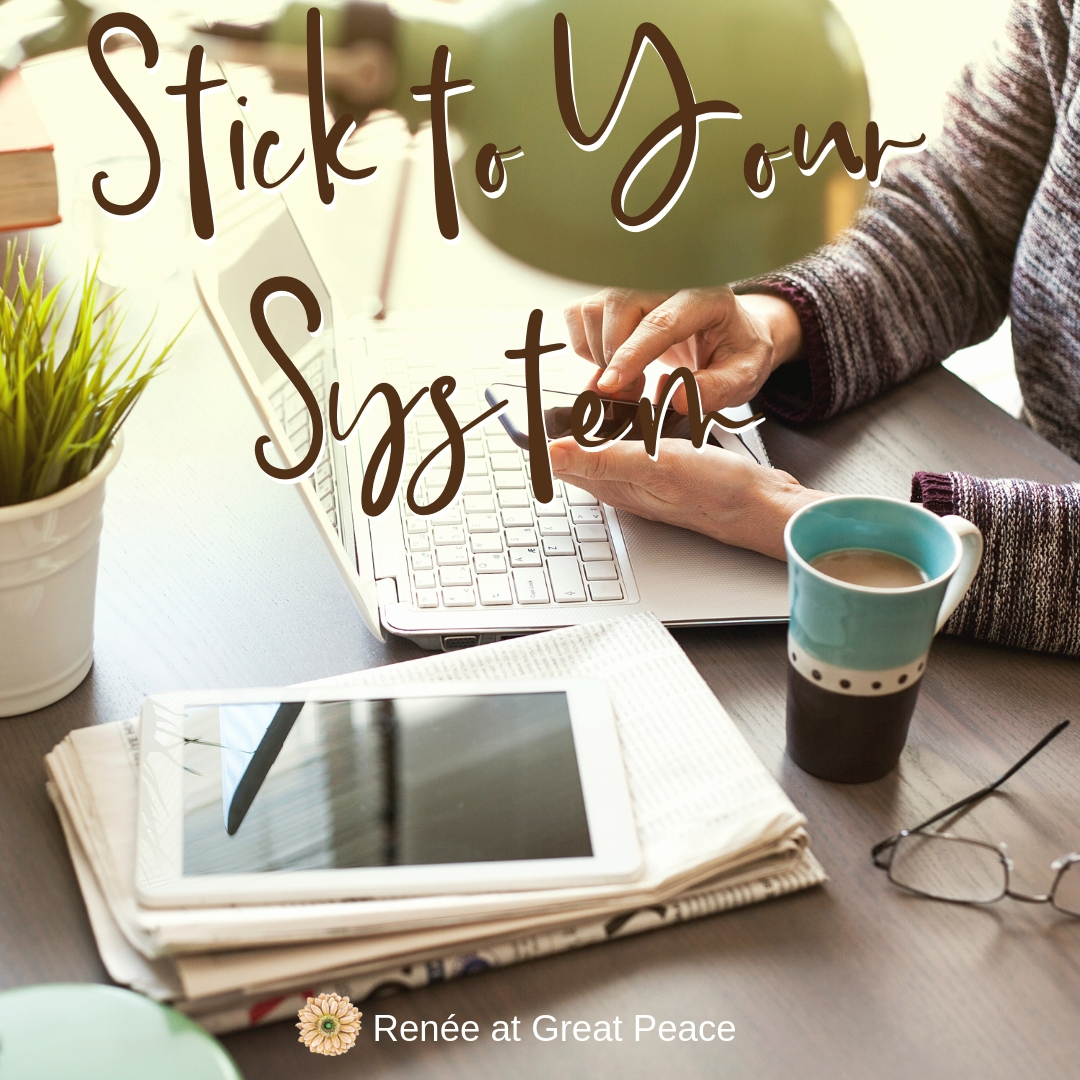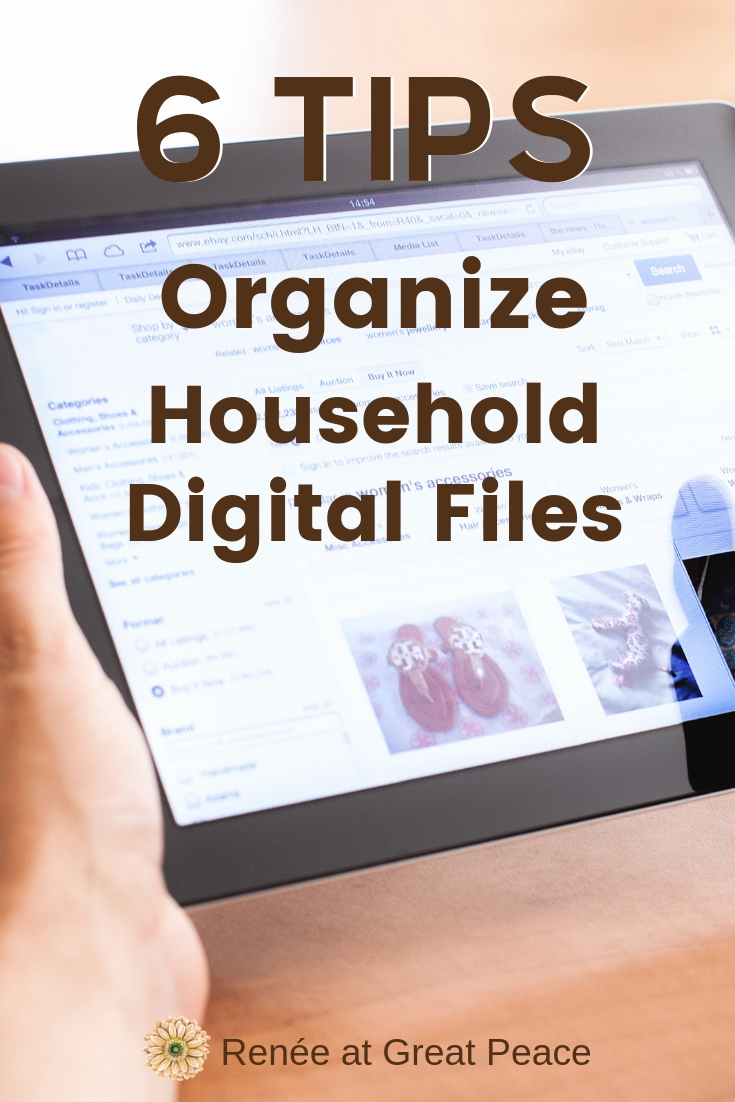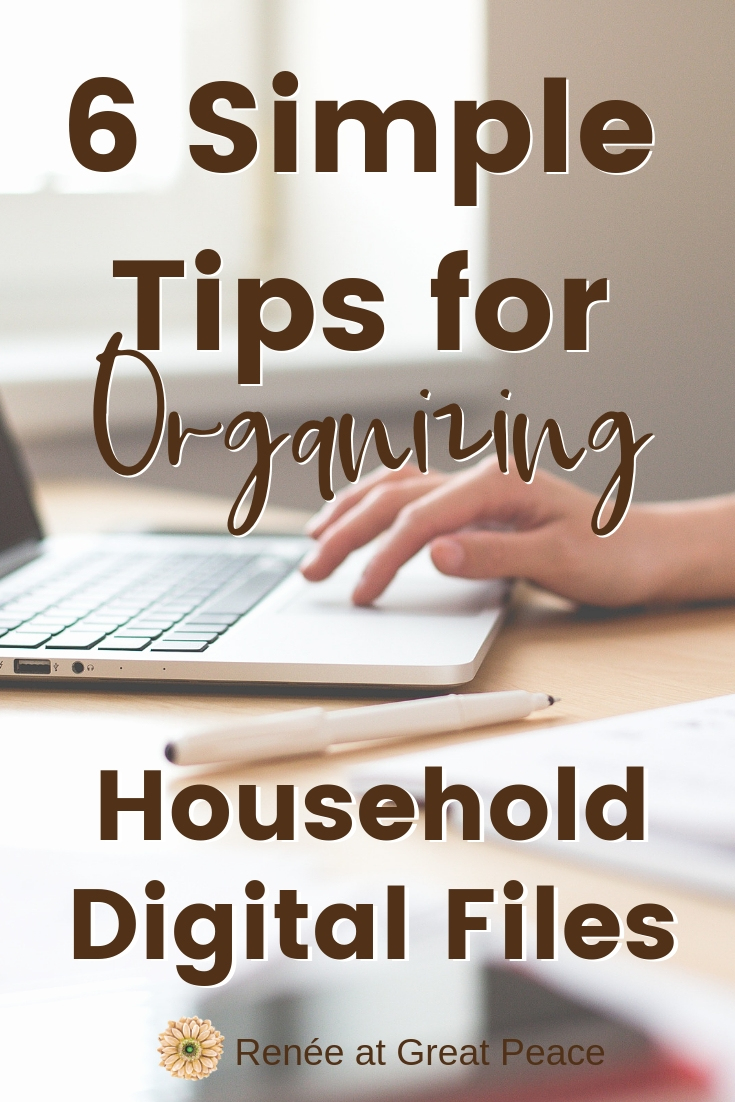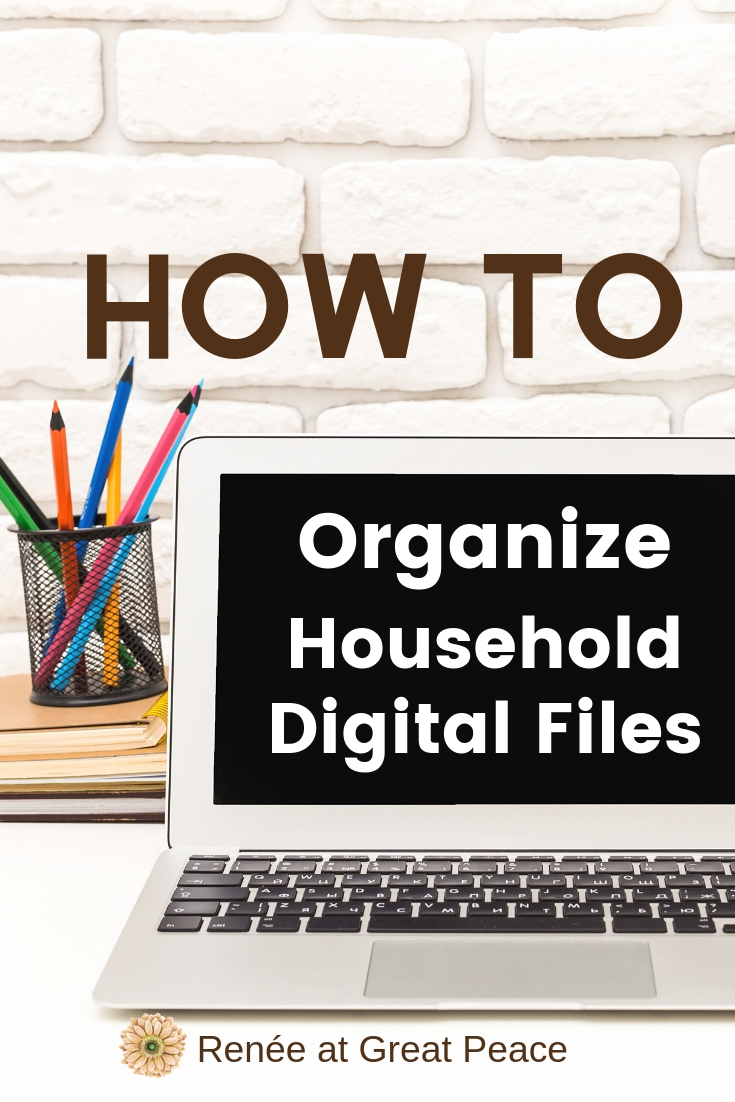
Organizing Your Household Digital Files
We all know that the computer age has made us more efficient. We can get things done with just a few clicks of the keyboard. As moms and homemakers, we find recipes, and tips for household chores, and printables downloads to keep us organized. As well as other household digital files which makes the life of a homemaker so much easier.
But it’s not long before your computer files, and especially your mobile files get disorganized and very cluttered. It becomes difficult to find an image, or document when you really need it. And moms, we want to make sure we have access to all of our family photos, don’t we?
And, now we’ve gone into the mobile age where we have computers in our pockets and at our fingertips all the time. In a flash, we can take a selfie or snap a picture of a receipt.
Just like with file drawers, and paper copies, it’s important to have a way to keep our household digital files sorted and organized.
This post contains affiliate advertisement links.
How to Keep your Household Digital Files Organized
- Set Up a Simple, Uncomplicated System
It’s easy to fall into trap of too many folders, thinking if we can just sort them all to just a few items in each folder, it will be easier. But before long you’ve got so many folders you can’t remember where you put things.
When setting up your digital file folders uncomplicated is better. Too many folders and sub-folders will quickly get lost in a sea of files.
It’s important to set up your folders in a way that is easy to navigate and understand.

- Develop a File Structure that Makes Sense
You can structure the files on your computer in many different ways. Actually, the number of ways to organize files is probably infinite.
Start with creating several folders or main groupings of files and moving all of your files into them.
You could sort your files into folders labeled “Household,” “Family,” and “Homeschool.” Once you’ve done this, you can look in each folder and see how you can sort the contents into even more sub-folders.
Once you have your main folder types you can sort your work folder into sub-folders called “Finances,” “Important Documents” and “Photos.”
You don’t want an overly complicated system, but, don’t be afraid to develop sub-folders in a way that makes sense.
The key is to make sure your structure makes sense to you and those who need to access the documents. And, that you can quickly, and efficiently, find what you need when you need it.
After my dad died, I realized that finding important documentation becomes a burden if there isn’t a system in place. That’s why you want to be sure your digital file system is understandable to your loved ones as well.
Don’t forget to also set up an organization system for your emails. Email, like digital file folders, can grow cumbersome, quickly. Having a structured classification system helps to tame the emails and keep your inbox clear of confusion.
- Merge Related Files
Whenever you download or upload a file, you’ll find it in your Quick Access or Download folder. Keeping a copy in the download folder and also copying it into your own created folder creates unnecessary clutter.
If you are concerned about losing the file, you can always do an automatic file back-up to a cloud server. Google Drive, Microsoft Cloud, Dropbox and even Amazon have cloud servers where you can back-up your documents and photos.
In fact, Amazon Prime has a photo storage app that stores your photos directly from your phone to your Prime account. So simple!
Rather than labeling multiple photos with the same name, such as: “photos”, you can merge them into one a single folder hub for photos that you have uploaded to your computer. You can take it a step further and create sub-folders if you want to categorize your files by the occasion, individual, or even date.
However, I’ve found that by sticking only with a date, you can lose track of when something occurred a few years later. Perhaps a better way is to label the file with an identifying title and date. Such as, “John’s Graduation 2019.”
- Delete Old, Useless Files
It’s not long before files have a tendency to be forgotten and wind up doing nothing more than taking up space. Disposing of unused files frees up space, helps your computer to work more efficiently, as well as making your filing system more organized.
A prime source for this kind of clutter is the folder for downloads, and we often forget about the installer program that downloads to install programs onto our computers after it’s finished the installation. So, it just sits there. If a file isn’t something you use or plan to store it’s better to go in shortly after you’ve loaded it to the correct location and delete the download or temporary file.
Another source of file clutter is the Recycle Bin. Be sure you go in often and clean out the bin to fully eliminate needless files.
- Stick to Your System
Once you’ve got a system that works for your household digital files it’s important that you also sort new files as they come in.

Otherwise, you will end up finding your files getting cluttered again and again. Whenever you download or upload a file, immediately sort it, delete the temporary or download file, and be sure to empty it from the recycle bin as well.
- Schedule Time to Maintain Your System
Once you have an organized structure to your document files, emails, and photos it’s important to schedule time to manage each of those areas.
Perhaps it’s 10 minutes a day or 1 hour per week to manage incoming email. Or, maybe it’s 1 or 2 hours a month to manage the photos and documents folders.
Setting aside purposed time to manage those digital files will help you to maintain an organized household digital files system.
Having a way to digitally store our lives is marvelous. But, if we don’t develop a system our computers and phones will quickly become digital jungles that get bogged down and cause us annoyance.
The trick is to utilize the resources available on your devices, develop a workable system, purpose to maintain your documents files, emails, and photos on a regular basis, and stick with your plan and system.
What resources do you prefer to use when it comes to organizing your digital files?
Don’t forget to organize your printed photos as well with these handy tools.
Create your own custom computer backup with Picture Keeper for ONLY $19.99!
Discover More Household Management Tips
- How to Manage Household Chores Effectively
- Household Chores for Spring Cleaning
- Simple Cooking Tips Anyone Can Learn














